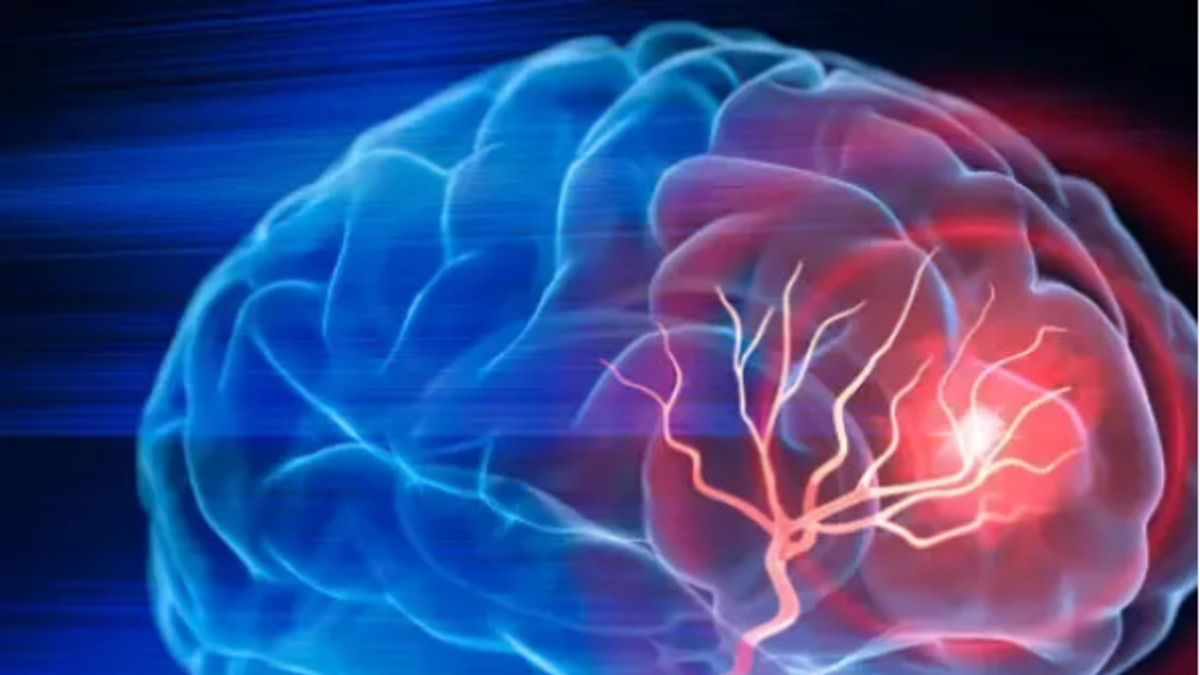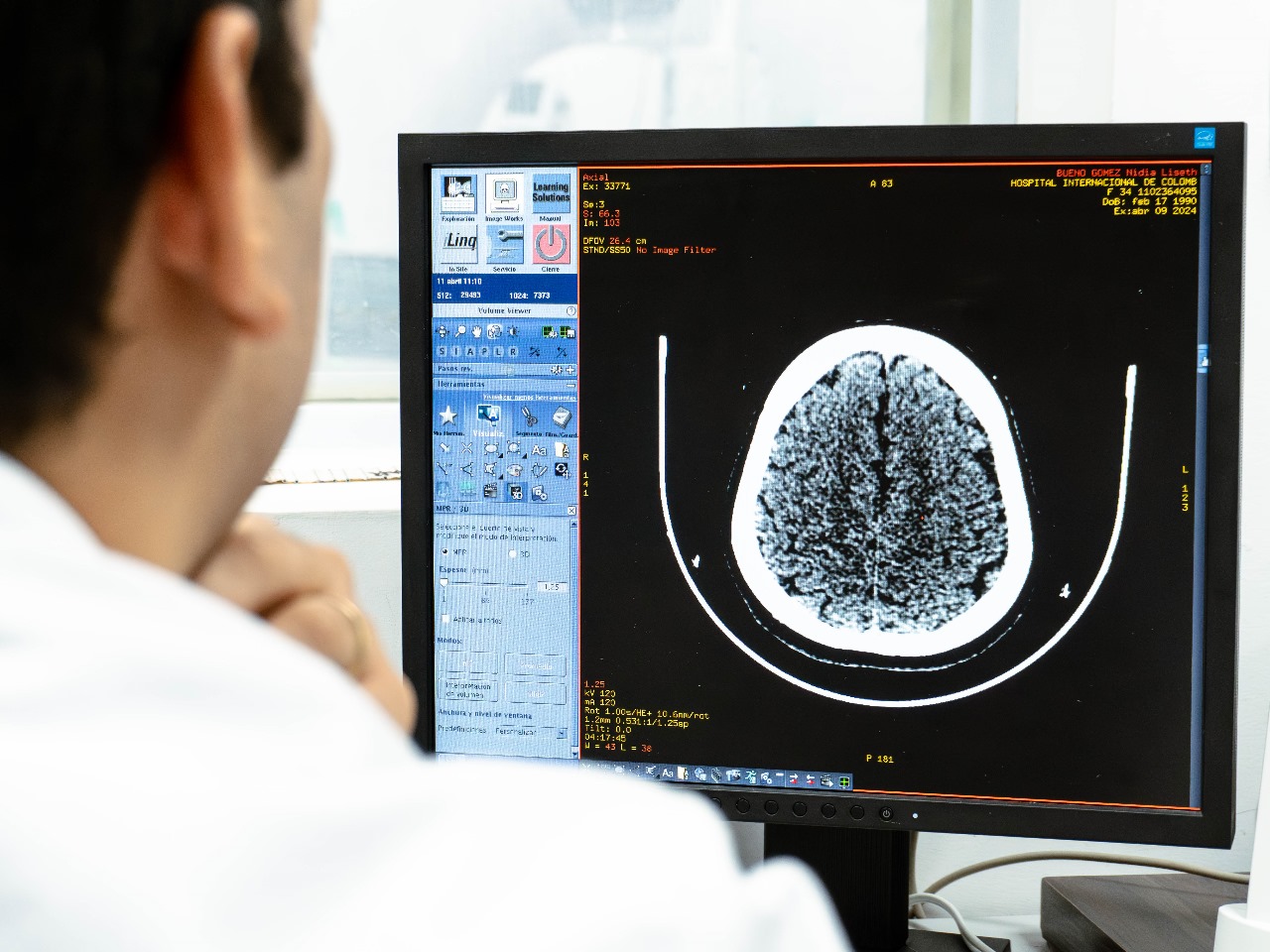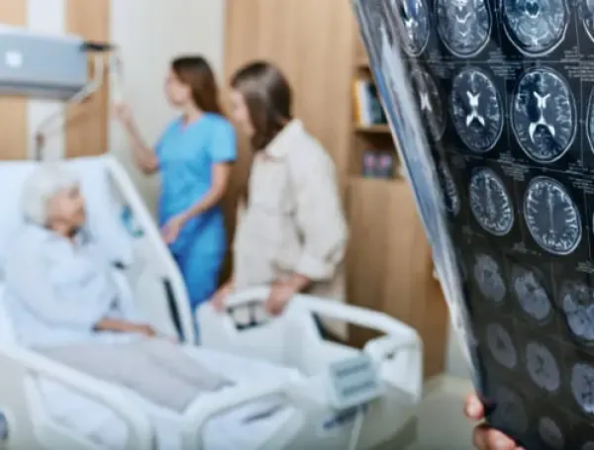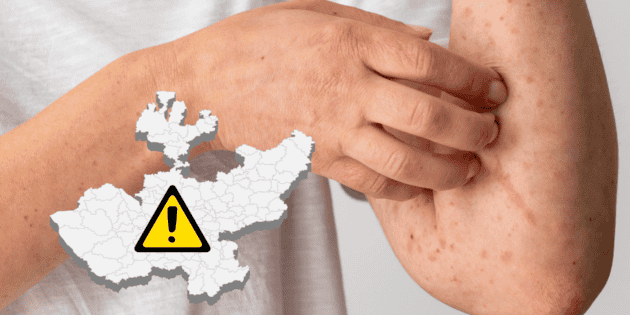Stroke: These are the symptoms of the second leading cause of death and the main cause of disability in Colombia

In Colombia, stroke has become a silent and devastating enemy. It is the second leading cause of death in the country and the leading cause of disability, a reality that, according to specialists, demands an immediate response from both the healthcare system and the public. The figures are alarming: one in four people is at risk of suffering a stroke, and every minute that passes without medical attention can mean the loss of up to two million neurons.
“The term 'stroke' is outdated, because it's not a random or accidental event,” explains Dr. Sebastián Vásquez, a neurointensivist at Clínica del Country and Clínica La Colina. “We're talking about a cerebrovascular accident, a preventable and highly serious condition that requires immediate action,” he emphasizes.

Stroke causes lasting effects in most sufferers. Photo:
Strokes are divided into two main types. Ischemic strokes, which account for about 80% of cases, occur when a cerebral artery becomes blocked, interrupting blood flow and oxygen supply to the brain. In these cases, rapid diagnosis and medical attention are vital to prevent irreversible damage.
The other type, hemorrhagic stroke, occurs when an artery ruptures and causes bleeding within the brain tissue. The causes can be varied—such as a ruptured aneurysm or chronic high blood pressure—but the result is usually just as serious: brain damage, disability, or even death.
RUN (+): Recognizing the signs saves lives For specialists, prevention and early recognition are the most powerful tools against stroke. That's why the country's scientific societies have adopted the CORRE (+) educational strategy, an acronym designed to help anyone identify the symptoms and act without delay.
- C: Crooked face or severe headache.
- O: Eye with partial or total loss of vision.
- R: Rapid weakness of a limb.
- R: Strange when speaking, with difficulty expressing or understanding.
- E: Altered equilibrium.
- (+): Call emergency services immediately.
“If a person experiences one or more of these signs, they shouldn't wait for them to 'go away' or go to a pharmacy. They should rush to a level four center with specialized equipment. Time is brain,” emphasizes Dr. Vásquez. Every minute without medical attention exponentially increases the risk of death or permanent disability.

Hypertension, diabetes, smoking, and a sedentary lifestyle remain the main risk factors. Photo: FCV
The impact of a stroke extends far beyond the acute episode. According to the Colombian Ministry of Health, 60% of stroke patients die or are left with some type of permanent disability. The long-term effects vary depending on the area of the brain affected and the time elapsed without treatment.
Among the most common are mobility impairments, such as paralysis or weakness on one side of the body; language and memory problems, known as aphasia or cognitive impairment; and emotional disorders such as post-stroke depression or personality changes. Secondary complications are also frequent: seizures, incontinence, pneumonia, or deep vein thrombosis.
Amid this situation, some institutions in the country are taking concrete steps to improve the medical response. Clínica del Country and Clínica La Colina are in the process of certification with the World Stroke Organization and the Ibero-American Society of Cerebrovascular Disease, as an Advanced Stroke Center and an Essential Stroke Center, respectively.
“This process ensures that patients receive care with international standards, cutting-edge technology, and highly trained staff,” the specialist emphasizes. These certifications will allow for faster and more effective care, especially in critical moments where every second counts.

85% of strokes are ischemic, caused by clots that block blood vessels in the brain. Photo: iStock
Although stroke can have devastating consequences, it is largely preventable. Controlling high blood pressure, diabetes, obesity, smoking, and a sedentary lifestyle significantly reduces the risk of having a stroke.
Dr. Vásquez insists that the key lies in education and swift action: “In Colombia, we need the population to know and use the CORRE (+) strategy. Recognizing a symptom and seeking help immediately can save lives.”
Environment and Health Journalist
eltiempo




